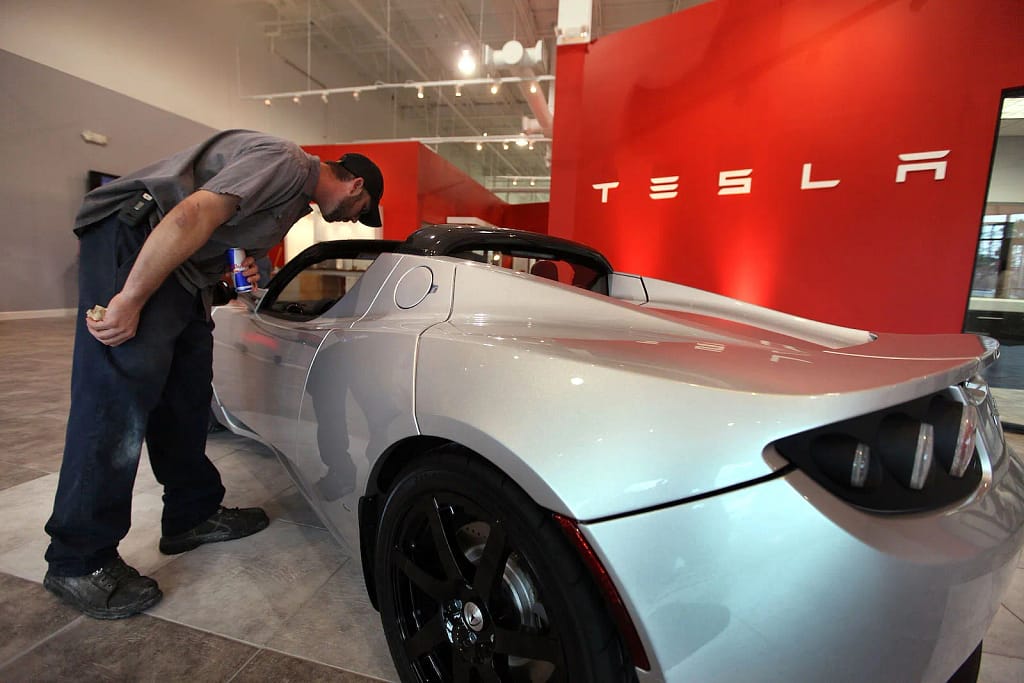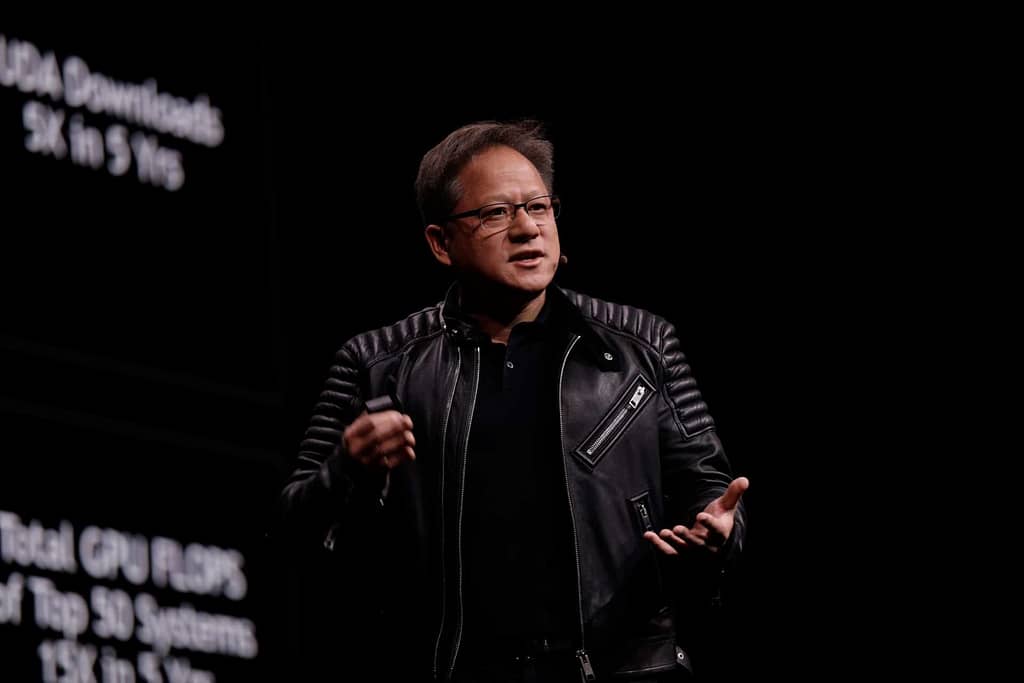One of the major reasons preventing people from buying EVs is not good Charging Infrastructure across the country, in this article, we will find what Government is doing to resolve this problem.
The electrification of the automotive industry has been a pivotal shift towards a more sustainable future. However, despite the numerous benefits of electric vehicles, the mass adoption of EVs in the United States is facing a significant hurdle: charging anxiety. In a recent interview with Ford’s CEO, Jim Farley, the challenges associated with charging infrastructure and its impact on Electric vehicle adoption were brought to the forefront. This article delves into the key insights from the interview and explores the current state of EV adoption and charging infrastructure in the U.S.
What is Preventing people from buying EVs?
Jim Farley’s comments underscore the pressing issue of charging anxiety in the Electric vehicle market. Charging anxiety, as he puts it, is a phenomenon where potential Electric vehicle buyers are concerned about the availability and reliability of charging stations, rather than the traditional “range anxiety” associated with running out of battery power. This shift in focus highlights the critical role of charging infrastructure in the success of EV adoption.
For the EV market to thrive, consumers need a robust and accessible charging network that rivals the convenience of traditional gasoline refueling. Farley’s concerns are grounded in his recent road trip experience, where he encountered charging challenges firsthand. His observations validate the growing sentiment that charging infrastructure is lagging behind the surge in Electric vehicle popularity.

Government Response
Recognizing the gravity of the situation, the U.S. government has taken steps to address the charging infrastructure issue. A significant development is the allocation of $100 million in federal funds to rectify broken charging stations across the country. This investment is a promising sign for the EV industry, as it acknowledges the need for a comprehensive and reliable charging network.
It’s worth noting that the federal funds are not allocated to Tesla, the industry leader in EVs with its Supercharger network, but rather to other EV manufacturers. This move underscores the government’s commitment to supporting a diverse Electric vehicle market and providing much-needed assistance to companies striving to compete with Tesla.
The Role of Automakers
Automakers play a crucial role in shaping the future of EVs, and Ford has been proactive in addressing charging infrastructure challenges. The company has been instrumental in establishing Tesla’s Supercharger network as the industry standard, a commendable achievement that benefits all Electric vehicle users.
Furthermore, Ford has entered into agreements to adopt NEX charging ports on its electric vehicles. This strategic move aims to enhance the charging experience for customers, ensuring that they can rely on a robust network that meets their needs. Ford’s commitment to improving the EV ecosystem demonstrates its dedication to the long-term success of electric vehicles.
Price and Consumer Demand
While charging infrastructure remains a prominent issue, Jim Farley also highlighted another obstacle to widespread Electric vehicle adoption: pricing. Despite significant advancements in battery technology and reductions in battery prices, some consumers are still hesitant to switch to EVs due to their higher upfront costs compared to traditional internal combustion engine vehicles.
Interestingly, a recent report suggests that EVs will become cheaper than gasoline-powered vehicles in the near future, thanks to ongoing reductions in battery prices. However, Farley’s comments emphasize that many customers are not yet willing to pay a premium for EVs, even as prices become more competitive.
A Bright Future for EVs
Despite the challenges, the future of electric vehicles remains promising. The commitment of both the government and automakers to address charging infrastructure issues is a positive step toward overcoming charging anxiety. As charging networks become more reliable and accessible, consumer confidence in EVs is likely to grow.
Additionally, ongoing advancements in battery technology are poised to make EVs more affordable and competitive with traditional vehicles. This affordability, coupled with a robust charging infrastructure, may well usher in a new era of mass Electric vehicle adoption in the United States.
Charging anxiety has emerged as a significant barrier to the mass adoption of electric vehicles in the United States. Jim Farley’s candid insights into the challenges of charging infrastructure underscore the urgency of addressing this issue. With government support and automaker initiatives, the future of Electric vehicles appears brighter than ever. As charging networks improve and prices become more competitive, the transition to electric vehicles is poised to accelerate, paving the way for a greener and more sustainable automotive future.




